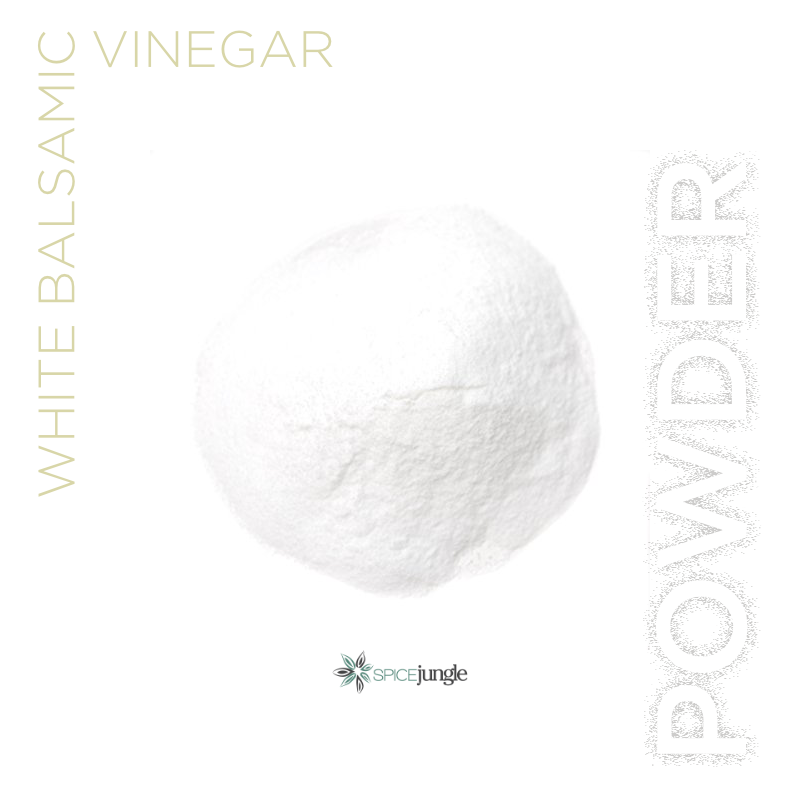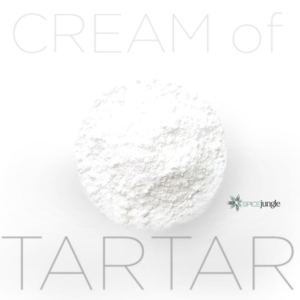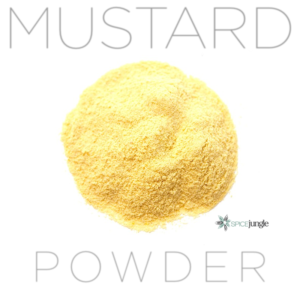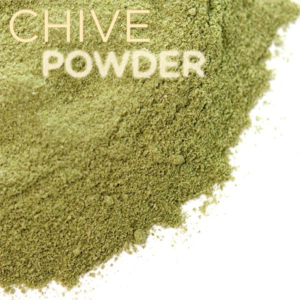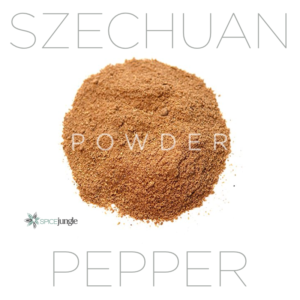Product Description
PURPOSE
WHAT IS IT?
White balsamic vinegar powder? If your recipe needs a bit of tart-sweet acidic lift that’s dry, give this a try!
It is liquid white balsamic vinegar that is captured in IP maltodextrin.
What’s “IP maltodextrin?” If you geek out, it’s a flavorless polysaccharide. For everyone else, think of it as a “taste truck,” that carries that big vinegar flavor in dry form.
(OMG, they talk chemistry? YES!! It’s the chemistry of vinegar, not the dark arts of mom-magic, that helps transform so many foods! Study the dark culinary arts of molecular gastronomy, and you too may make it to mom-quality-magician!)
WATCH, as an egg yolk and oil, with a little vinegar powder, morph into Mayonnaise Morello. SEE a CUCUMBER turn into a butter pickle, or VOILA! A fresh French summer tarragon vinaigrette!
Vinegar! It’s a preservative. It’s a flavorant! It’s the 7th Food Chemistry Wonder of the World!
Worried about anything that sounds like “science” in your food? DON’T. Maltodextrin is natural, and can easily be good for you. Plus, it’s politically-correctly GMO-free!
White balsamic vinegar powder has many uses in its dried form, both as a flavorant, that bit of mouth-watering sweet sharpness, and as a chemical agent to strengthen the proteins of eggs, meat, and more.
So, whether you’re making a dry seasoning mix, where you need a little vinegar pop, like a salt & vinegar potato chip, or you want to thicken up an aioli, or a mayonnaise, without the liquid of a vinegar, to substitute the “wet” with a liquid flavoring, like a tomato pureé, do a little tenderizing of meat without brining, or create your own “packaged” food mix, dry is fly!
EXPERIENCE
Dried white balsamic vinegar is more intense, and should be used sparingly. It is best integrated into recipes where the acidity of vinegar is called for, where removing the liquid adds control to how much liquid remains in the recipe. It’s much better, for example to use the dry powder to coat a potato chip than the liquid. It is a tart to bitter taste on the tongue, and acidic.
CULINARY GEOGRAPHY
Powdered vinegar is a variation whose first recorded appearance is in England during the 17th century.
TRADITIONAL USES
- Salt & vinegar potato chips;
- To solidify egg proteins in molecular gastronomy;
- A little tang to tofu for salads;
- Sprinkled with salt and pepper over steamed asparagus.
A FEW IMPROVISATIONAL RIFFS
- Toss with Adobo seasoning over cooked cold bay shrimp for a spectacular salad topper;
- A pinch goes into my tarragon shrimp and egg-white cups;
- ;
- A sprinkle, with ghee and trinity (a cooked down mix of onion, bell pepper, and celery) over petite peas for my Piquant Peas!
HEALTH BONUS/CAUTION

Nutritionally, powdered vinegar is a bit of a zero. It does, however, offer a nice pop, even used directly, as a salt substitute, in moderation, for those on high sodium diets.
It can also be good as a flavorant for people with diabetes. It doesn’t affect blood sugar.
Too much acid, however, can upset your stomach. Use sparingly.
THE BACKSTORY
In 1615, a book called “The English Huswife” by Gervase Markham, contained the first-known recipe for making powdered vinegar using starch, a cruder version of the maltodextrin, a more purified “carrier” of the vinegar without the starch’s other elements. Its origins were for recipes which, like today, need vinegar pop either in dry applications, or without having to cook off the water.
The word “vinegar” originated from the Old French words vin alegar, which translates as “sour wine,” but it goes back much further than that, probably to the origins of man. The Babylonians were the first to write about it extensively.
Get top quality from our friends at SpiceJungle.

